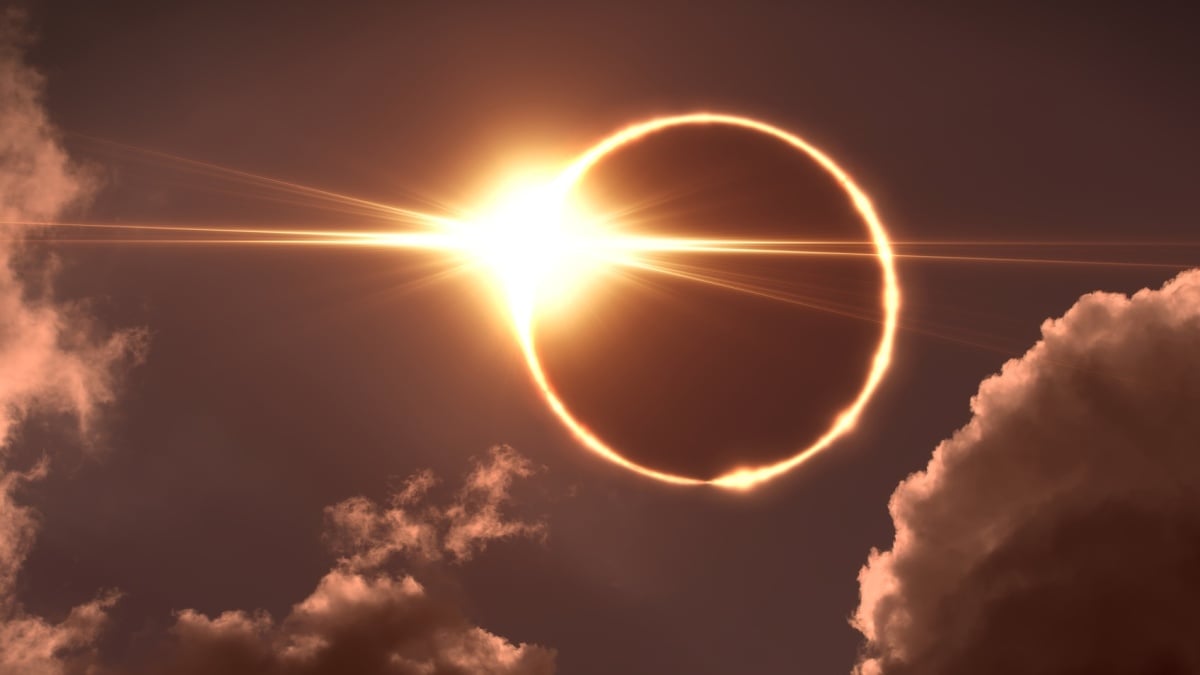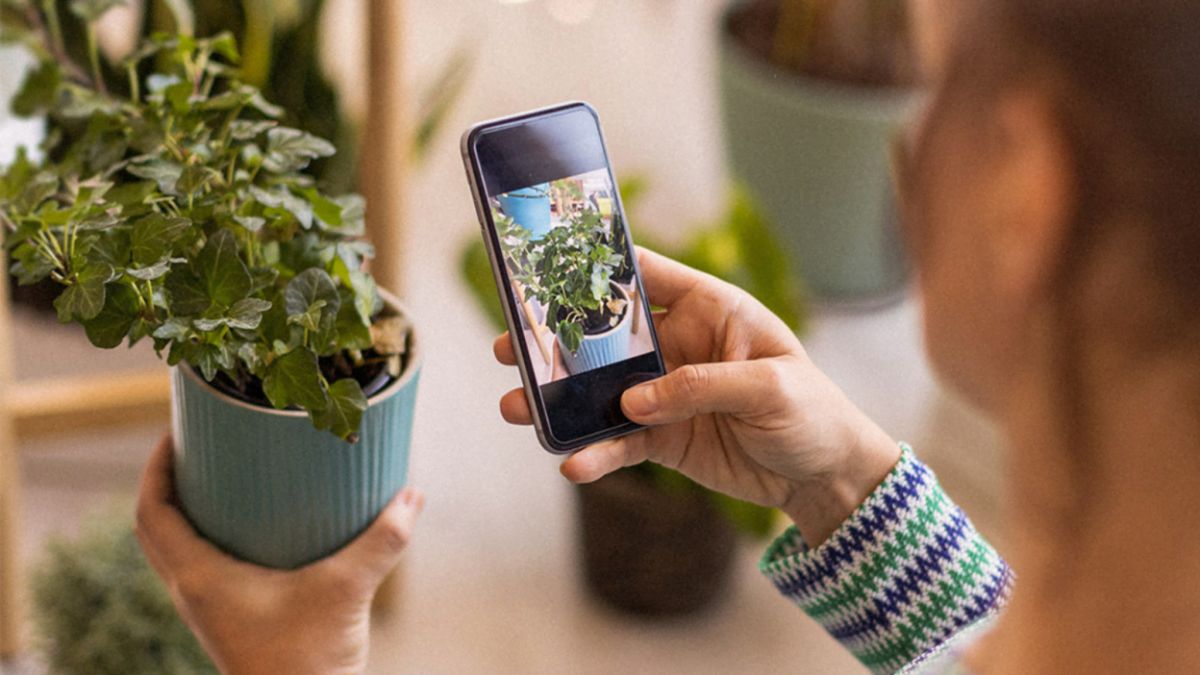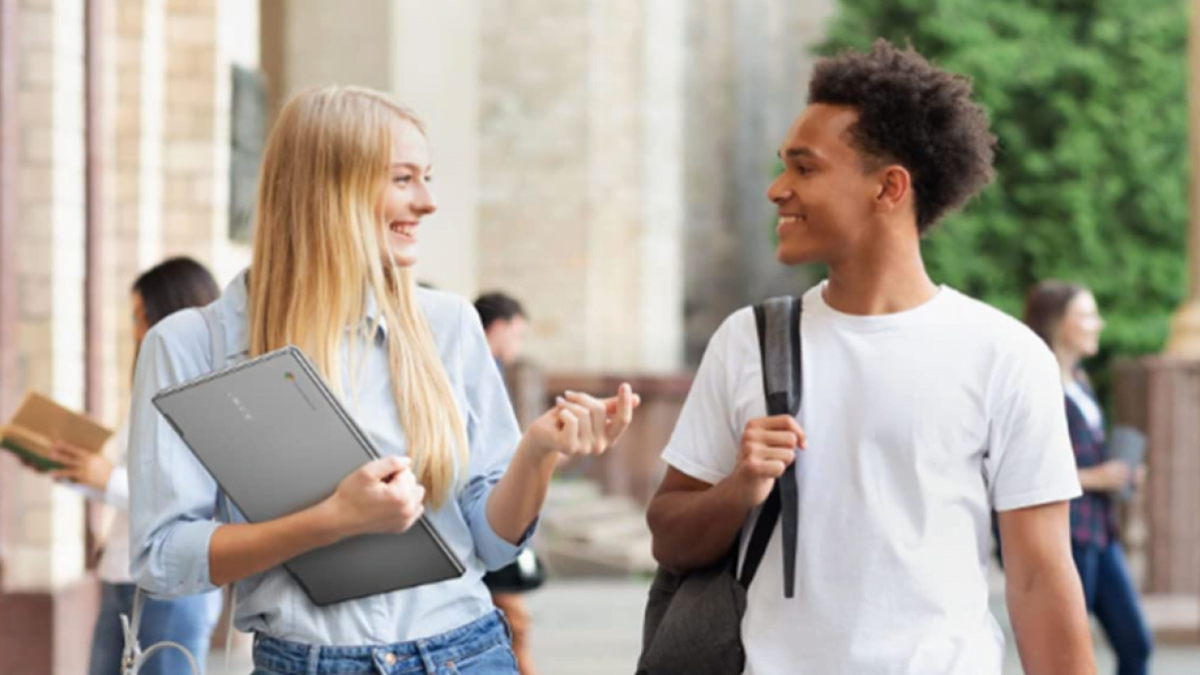[ad_1]
Today I learned that my iPhone 15 Pro Max and this weekend’s solar eclipse do not mix. I stumbled upon BGR’s article, which warned that sky gazers about using their phones to take pictures of the imminent cosmic event.If you’re like me, you may be wondering “Why?” After all, who wouldn’t want to snap a photo of such an awe-inspiring celestial occurrence?As it turns out, taking a photo of the solar eclipse could damage your iPhone’s camera hardware.Why you shouldn’t take a photo of the solar eclipse with your phoneIn the same way that you shouldn’t use a telescope or binoculars to gaze at the sun (you could melt your eyeballs off), you shouldn’t use your phone’s shooter — or any other poorly equipped camera — to take a photo of the solar eclipse.BGR says that no smartphone is designed to handle the intense solar rays the sun emanates. “Using your camera or phone could cause the heat from the rays to become so concentrated that it could melt the lens inside,” the tech outlet warned.There is a workaround in that you can purchase filters for your phone and camera.
NEEWER 67mm Clip On Filters Kit for Phone & Camera
Credit: Amazon
But I spoke with Mashable’s science editor Mark Kaufman, and he strongly recommends simply enjoying the event with approved solar glasses, as opposed to trying to capture the celestial spectacle with camera filters (unless you’re an astrophotographer, of course). After all, you have the best optics tool on your face: your peepers.It must be emphasized that it’s imperative that your eyes are protected. NASA recommends getting “ISO 12312-2” grade solar eclipse glasses that filter harmful light. The American Astronomical Society (AAS) has a list of green-lighted sellers, including Rainbow Symphony, which sells these solar eclipse glasses.If the weather is on our side, you should see the “ring of fire” solar eclipse on Oct. 14. Read Kaufman’s guide to find out when, depending on your location, you’ll have the opportunity to see this striking celestial spectacle.
[ad_2]
Source link





